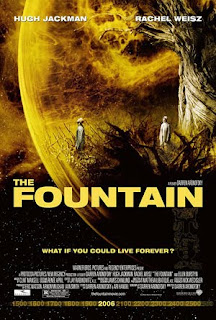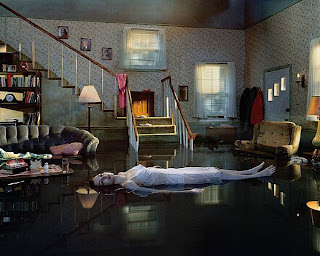We had a group task to work in a group of no more than three people and produce one final photography influenced by one of the following film titles:
- Breakfast at Tiffany's
- The Fountain
- Into the Wild
- Dead Man's Shoes
- Dog Day Afternoon
- A Clockwork Orange
- Sunset Boulevard
- Three Colours Red
- Stand by Me
- The Thin Red Line
- Rear Window
We started at 10am and our deadline was no later than 2pm.
As a group we decided to do "The Fountain" because out of all the ideas we had for each film we decided this would be the easiest and most effective.

For example we had an idea for "Rear Window" to capture an image through a window but we couldn't think of an effect subject that we could capture through the window.

The reason why we decided to choose the giving of a ring is because in the film the Queen of Spain gives a ring to a Conquistador which symbolises his pledge to finding the elixir of mortality. The water through the ring is to symbolize the fountain.
I personally feel that the image was a good idea but there are a few things I would like to change in the image for example, you can see the reflection of light on the water on the side of the hand at the bottom and it draws your attention away from the ring. Also even though it is two different tones of hands I would of preferred the hands to look the same tone of darkness.
Below is a link to see the trailer for "The Fountain"

















 This image was shot using a tungsten light, with a beauty dish. Camera set on tungsten with a high ISO (400)
This image was shot using a tungsten light, with a beauty dish. Camera set on tungsten with a high ISO (400) 






















.jpg)
.jpg)
.jpg)
.jpg)







+047.jpg)